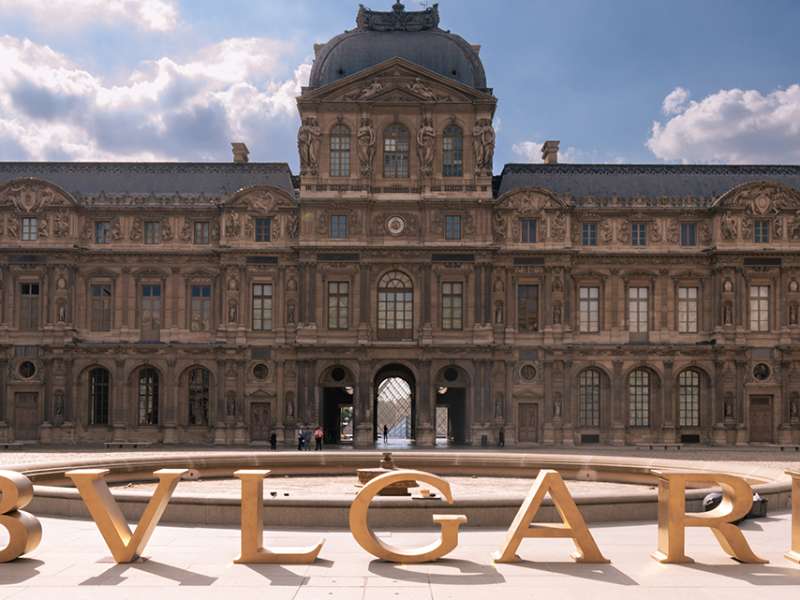Jalan Goa Lempeh, Banjar Dinas Kangin, Uluwatu, Bali 80364 + 62 361 8471000
The lush vegetation of the Island of the Gods is not only part of the local beauty but is also the place from which the Balinese draw raw materials for the creation of artefacts for religious and social uses. Depending on the shape, the period and the place in which it is used, the weaving of palm leaves takes on different values, a tradition that was being lost with the arrival of new materials but which now finds its importance again. Among the fundamental objects woven with leaves there is certainly the lamak, a rectangular mat obtained by weaving palm leaves that decorates altars and shrines. The green leaves are overlapped in geometric designs with the lighter, older leaves to obtain a long, narrow carpet that can be hung in the shrine erected near a penjor (decorated bamboo pole). The lamak also becomes the base on which the offerings are placed and its decorative motifs represent the sources of life. The leaves in Bali also become kelangsah, a mat made of a whole coconut leaf in which leaves from one or both sides are woven together while still attached to the stem. This weave can be used as a temporary wall, to separate and therefore exclude bad spirits, as a roof or as a mattress. For both the lamak and the kelangsah it is important that the natural environment is respected so that the community's activities are always in harmony with the divine world.

Last night, Bvlgari celebrated the launch of Masterpieces from the Torlonia Collection, a new exhibit at the Louvre. As a supporter of the Torlonia collection since 2017, Bvlgari hosted the opening event, welcoming some 100 guests to the Louvre for cocktails, a private tour of the show and musical performances. The largest private collection of ...